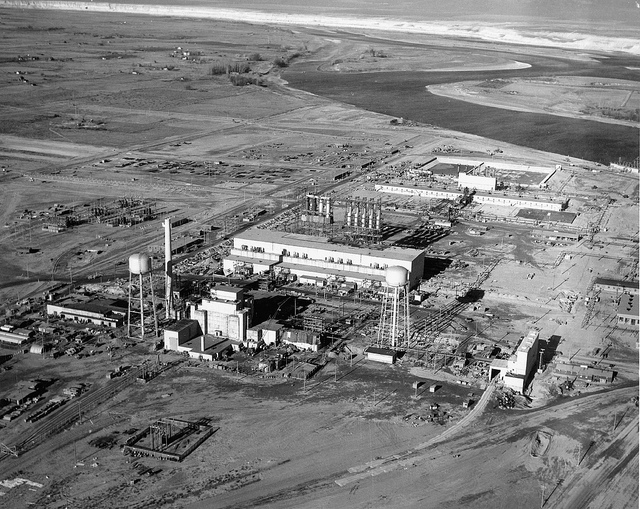Historian
Chalk River Unidentified Deposits (CRUD). The nuclear industry loves its acronyms, and the myth behind CRUD—a term for corrosion particles that become radioactive—is almost as fabled as Safety Control Rod Axe Man (SCRAM). But in reality, crud, like scram, is not an acronym at all, but popular slang appropriated by Manhattan Project personnel.
The idea that crud was an acronym came from a 1959 article by Commander E.E. Kintner. In 1953, Kintner headed the Advanced Design Group under Hyman Rickover developing the Mark I prototype reactor for the first nuclear powered submarine, the Nautilus. To verify that the reactor’s fuel elements would not corrode, Kintner recalled, samples were placed in a research reactor located at Chalk River, Canada. After several months of irradiation, the fuel elements were covered in deposits—Chalk River Unidentified Deposits. This was worrisome since the deposits might block the flow of coolant around the fuel causing them to overheat and melt. While the problem was resolved by adjusting water chemistry, “CRUD” lived on as an acronym for radioactive deposits.

Crud
was a term used early by the Hanford Engineering Works. Seen here is
the site’s F Reactor complex under construction. Photo courtesy of the
Department of Energy
So, why was “crud” used to describe radioactive deposits in the first place? Crud was a common word well before World War II that likely derives from the Welsh cryd, meaning disease or plague. By the early 1930s, crud became slang for unpalatable food, filth, a sloppily dressed man or an illness, as in, “I’ve got the crud.” By World War II, soldiers called any unknown illness “the crud,” and a comic book of the era featured a Corporal Crud as one of its characters.
It seems likely that the negative connotations of crud made it a fitting descriptor for contamination associated with radioactive deposits. The etymology of scram and crud, then, reveals how Manhattan Project workers tried to make sense of the uncommon new world of the atom through common language.

No comments:
Post a Comment